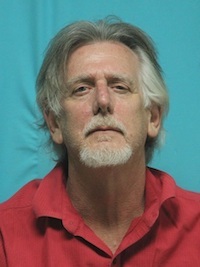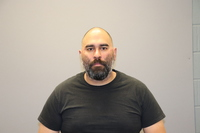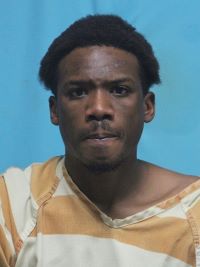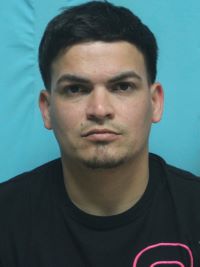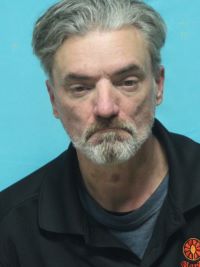
Quanah Parker Exhibit – One Man Two Worlds

I was starting to have Cabin Fever. Looking outside my Texas Air Doctors office window at the beautiful weather. It had me feeling like a bird in a cage.
So I went to my boss, Frank, and asked him if I could take part of the day off to see theQuanah Parker Exhibit in Grapevine.
Although I didn’t originally know who Quanah Parker was, the exhibit initially grabbed my attention because of his mother – Cynthia Ann Parker. Her life and history is legend here in Tarrant County and particularly Northeast Tarrant County.
It seems that her family was among a group of early East Texas settlers and they established a fortress between Groesbeck and Mexia along the Navasota River. When she was about 9-years old, the fort was attacked by Comanche Indians and most of the adults including, her parents and grandmother were killed and she was kidnapped. She was raised by the Comanches and eventually married the chief.
Stories abound that Chief Peta Nocona was so enamored with his white bride, that contrary to Indian tradition to take multiple wives, she was his only wife. Together they had three children, two boys and a girl.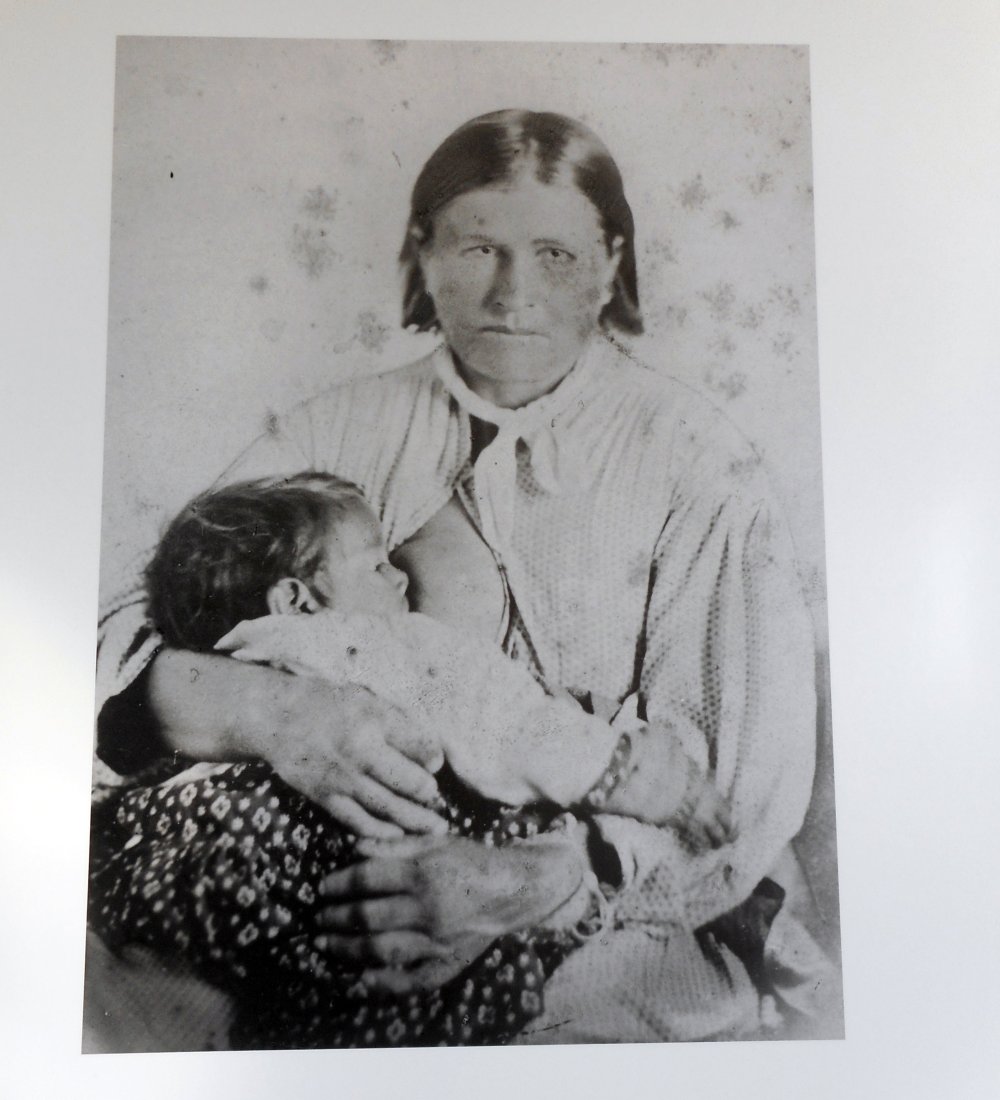
During one particularly fierce battle known as the Battle of the Pease River, near what is now Quanah, Texas, the Texas Rangers found her and her daughter “Prairie Flower” and reintroduced them to white society. Her oldest son, Quanah, was away on a hunting and the fate of her youngest son Pecos is undetermined. Controversy surrounds the fate of her husband, Chief Nocona some saying he was killed while others claim he lived for a long time afterwards.
Cynthia Ann lived in “Birdville” with her uncle, but she hated the civilized life of the settlers! She longed for her Indian family and tried on occasion to return to them. Cynthia was never fully able to adjust. After her daughter Prairie Flower died of pneumonia, Cynthia Ann soon died, probably from grief.
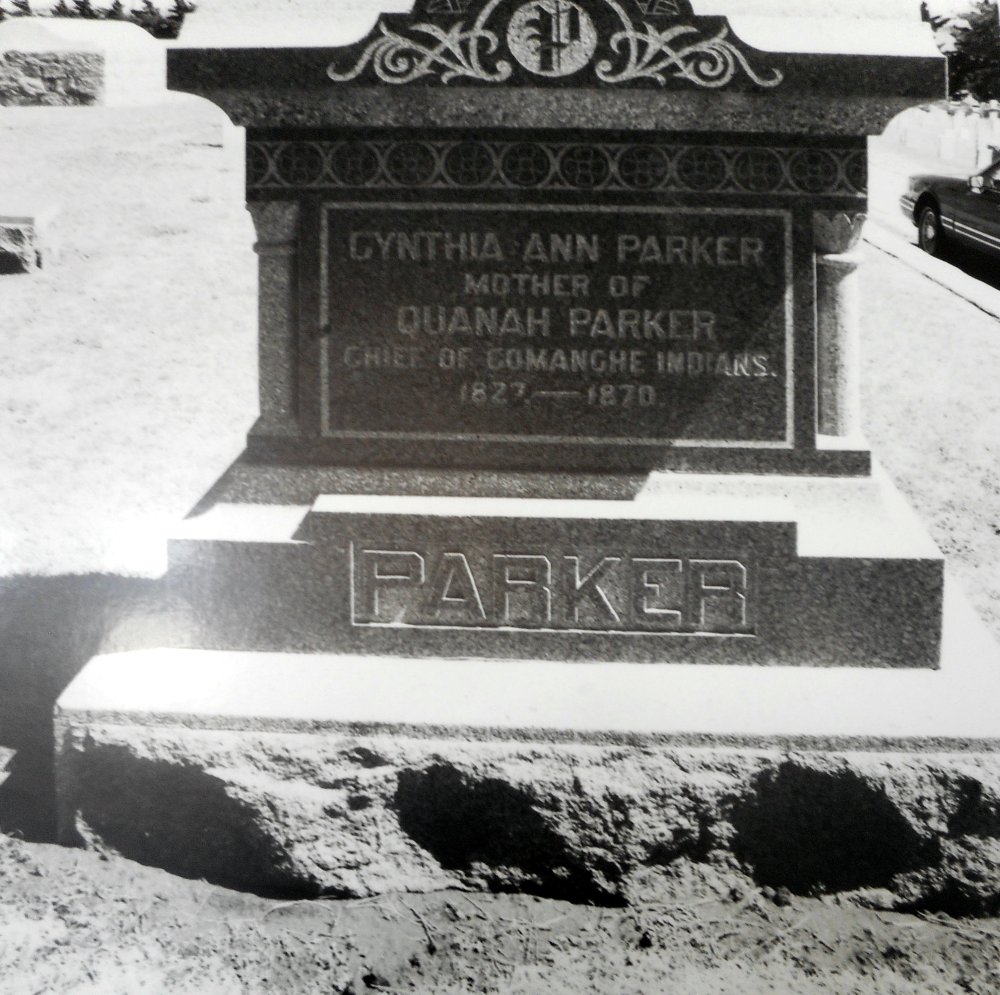
Quanah’s history is very interesting because as his Mother went from the life of white society to one who was fully indoctrinated in the Indian culture, Quanah did the opposite, going from an Indian culture to being fully indoctrinated into the white society.
As a young man Quanah became the greatest Chief and leader of the Comanche Tribe. Leading his people against the encroachment of the white settlers and the buffalo hunters, who were destroying their way of life. The Comanche depended on the Buffalo for everything. Without Buffalo, their way of life would die.
On one occasion Quanah lead the fight against a group of buffalo hunters who had established a headquarters at a place called Adobe Walls, just north of Amarillo. The hunters would fan out in all directions to kill the buffalo in huge number leaving the carcasses to rot and taking only the skins to ship back east.
The battle lasted three days and the Comanche lost the battle when one of the hunters, using a new Buffalo Gun, supposedly knocked Quanah from his horse at a distance of almost a mile. It became known as “The Shot That Was Heard Around the World.” Quanah carried a bullet in his body from that battle for the rest of his life.

He eventually gave up his battle with the U.S. Government and settled on the Comanche reservation in Oklahoma. There he was like a CEO of a major corporation: Cattle drovers paid the Comanche tribe a royalty for every head of cattle that crossed their land during the great cattle drives; Ranchers came to negotiate grazing rights on the vast expanses Comanche land; railroads paid to travel across Comanche Territories. Quanah and his tribe became very wealthy in a white man’s world due to his business acumen.
As he embraced the white culture, he took his mother’s maiden name and became known as Quanah Parker. He was well respected among the white Texas settlers becoming friends with such notables as Samuel Burk Burnet and President Theodore Roosevelt, in fact President Roosevelt declared that Quanah was the “Last Comanche Chief.”
There is a statue of him in the Fort Worth Stockyards National Historical District, because of his connection to Fort Worth and the Stock Show.

Once an Army General visited Quanah’s home, near Fort Sill, Oklahoma, and Quanah was so inspired by the General’s Uniform Star insignias that Quanah had large stars painted on the roof of his home.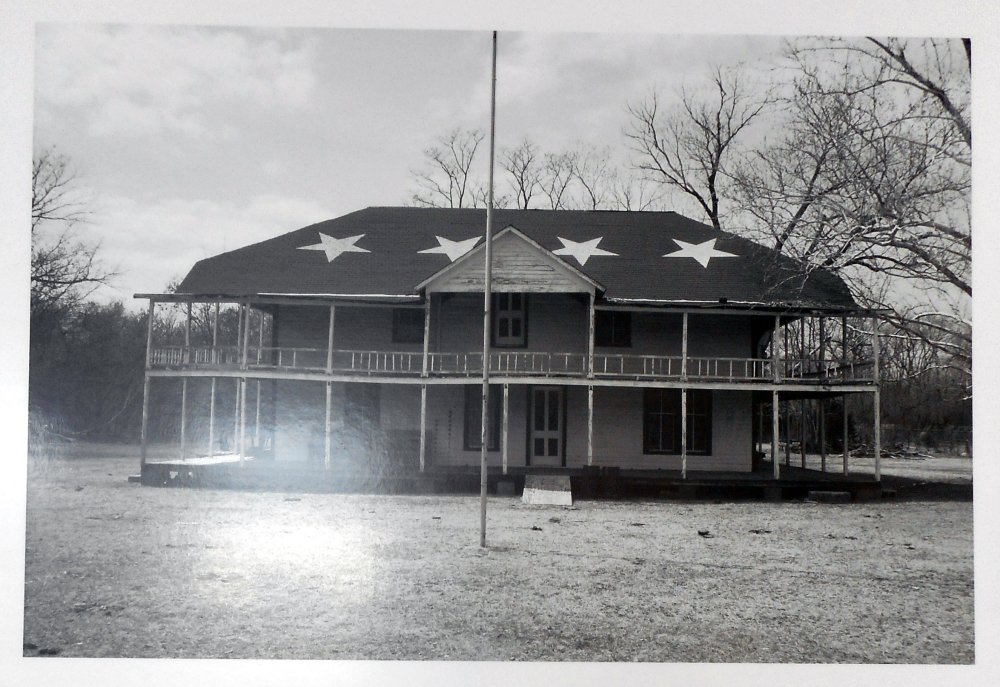
It was fascinated by the exhibit and the pictures of Quanah Parker’s life, all on display right there in Grapevine at the Grapevine Visitor Information Center.
After looking at the Quanah Parker Exhibit and all of the pictures, I looked at some brochures and realized that there were other museums here!
But I didn’t have time for them today, I had an appointment back at the office.





